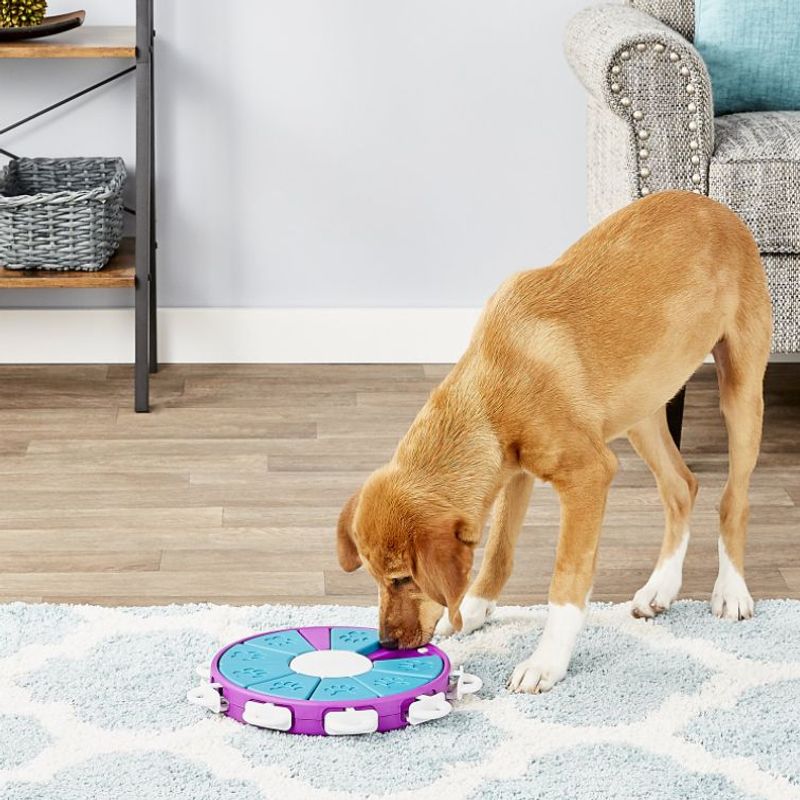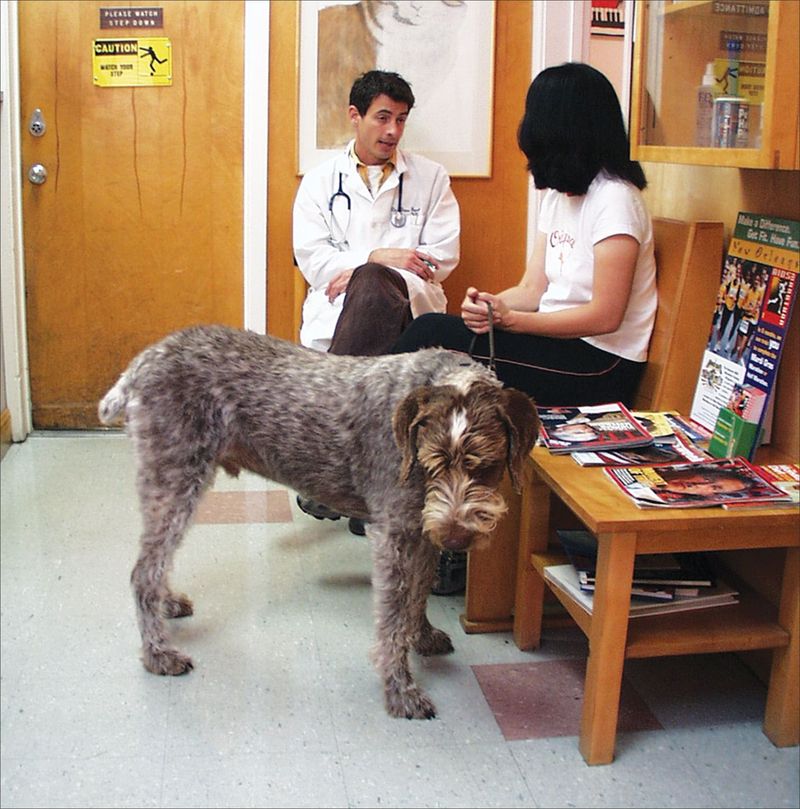If your dog’s barking seems constant and it’s driving you (and perhaps the neighbors) crazy, don’t worry—there are proven tricks to help hush your hound. From understanding the root cause to employing clever distraction techniques, you’ll soon have a quieter, happier household. Explore these effective strategies that cater to different barks and temperaments, ensuring a peaceful coexistence for everyone involved.
Understanding the Bark
Every dog bark tells a story, a clue into their world. Is it a warning or an invitation to play? Understanding the reason behind the bark is the first step in quieting it. Some dogs bark when they’re bored, others when they’re anxious. By observing their behavior, patterns emerge.
A simple notebook and keen observation can reveal triggers you might not have noticed. This understanding allows you to tailor your approach to each barking spell. Instead of frustration, you’ll find curiosity leading the way. A well-understood dog is a quieter, happier companion.
Exercise to Exhaustion
An energetic dog is a barking dog. Tapping into their natural energy reserves can transform a noisy pet into a serene one. Daily exercise isn’t just a physical outlet; it’s a mental escape.
When a dog is tired, they’re less likely to bark out of boredom or excess energy. Whether it’s a brisk walk, a game of fetch, or even agility training, finding the right activity is key. As the sun sets and your dog curls up, you’ll appreciate the quiet reward of your shared efforts. Exhausting yet fulfilling, exercise is a win-win.
Create a Quiet Zone
Imagine a retreat, not just for you, but for your furry friend. A quiet zone acts as a sanctuary where barking is unnecessary. This space, equipped with a comfortable bed, toys, and perhaps soft music, becomes a haven.
Dogs, like humans, need a place to unwind. When overstimulated by household activity, offering a place to retreat can reduce barking. The quiet zone becomes a silent partner in your quest for tranquility, a space filled with calm rather than chaos. Such serene spaces benefit both behavior and well-being.
Engage Their Mind
Barking sometimes signals boredom. By engaging a dog’s mind, you can reduce their need to vocalize. Puzzle toys filled with treats or interactive games challenge your dog’s intellect and keep them occupied.
Mental stimulation can be as tiring as physical exercise, leaving your dog satisfied and quiet. It’s like offering a crossword to a wordsmith, providing that gratifying mental stretch. Once the puzzle is solved, both the barking and the boredom subside, replaced by a content, focused pet. Curiosity, after all, is the best distraction.
Positive Reinforcement
Reward the silence, rather than scolding the noise. Positive reinforcement encourages good behavior by acknowledging and rewarding it. When your dog remains calm in situations they previously barked, offer treats or praise.
This approach builds a bridge of understanding between owner and pet. Positive reinforcement isn’t just about treats; it’s about creating a language of appreciation. Over time, the bark fades, replaced by the soft sound of patience and understanding. Such methods create not just a quiet space but a bond that speaks louder than words.
Use of Calming Devices
In a world that can feel overwhelming, calming devices provide a comforting hug. Vests that apply gentle pressure, akin to a swaddling blanket, can reduce anxiety-induced barking.
Additionally, diffusers that emit soothing scents help create a tranquil environment. These tools don’t just silence the bark; they offer peace to a troubled mind. For dogs who bark from stress, such devices become allies. In moments of calm, the gentle hum of tranquility replaces the bark, offering serenity for both pet and owner.
Socialization Opportunities
Sometimes, barking is a call for company. Dogs are social creatures who thrive on interaction and companionship. Regular playdates at a dog park or visits with other dogs can satisfy this social craving.
In the presence of friends, the need to bark diminishes. Socialization introduces a joyful alternative to solitude, replacing noise with playful exchanges. The world becomes a friendlier, less lonely place. Through shared adventures, your dog learns the language of companionship, silent yet profound.
Professional Training
Sometimes the best approach is professional guidance. A dog trainer can offer insight and techniques you may not have considered. Through tailored sessions, they address specific barking issues with precision.
Trainers bring expertise and fresh perspectives, transforming the way you and your pet communicate. It’s not just about obedience; it’s about harmony. With professional help, barking becomes less of a problem and more of an opportunity for growth. Together, you and your dog build a relationship based on mutual respect and understanding.
Teach the ‘Quiet’ Command
Teaching the ‘quiet’ command is a powerful tool in managing barking. Begin with patience and consistency. When the barking stops, offer praise and a treat, reinforcing the command.
The ‘quiet’ command not only reduces noise but builds discipline and communication. Over time, your dog learns to associate silence with positive outcomes. This method enhances your bond, creating a shared language and understanding. It’s not just about stopping the noise; it’s about fostering a peaceful home environment where words and silence coexist harmoniously.
Offer Distractions
Sometimes, a simple distraction is the best remedy. When your dog starts to bark at perceived threats like the mailman, a chew toy can redirect their attention.
Distractions shift focus, replacing triggers with engaging activities. It’s a dance of attention, where the toy becomes the star, and the bark fades into the background. Understanding what captures your dog’s interest helps in crafting the perfect diversion. As their focus shifts, the noise diminishes, replaced by a happier, occupied pet. In distraction, peace is found.
Routine and Consistency
Dogs thrive on routine. Predictability provides comfort, reducing anxiety-induced barking. Establish a consistent daily schedule for feeding, walks, and playtime.
This structure offers security, where surprises are minimal, and expectations are clear. Routine doesn’t just quiet the bark; it creates a harmonious rhythm in your household. It’s a dance of time, where each moment is understood and anticipated. Through consistency, you offer your pet not just order, but a sense of belonging and peace.
Consult a Vet
When barking persists despite all efforts, a vet visit might be in order. Underlying health issues can manifest as excessive barking. An expert’s opinion ensures no stone is left unturned.
Your vet can identify potential medical triggers and suggest treatments. In their care, concerns transform into actionable insights. By addressing health, you address harmony, where the bark is no longer signaling distress. In the vet’s office, silence speaks of health, transforming noise into comfort.












